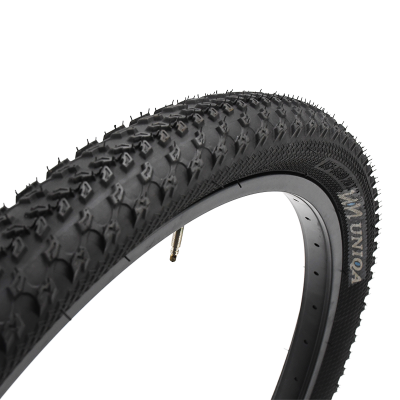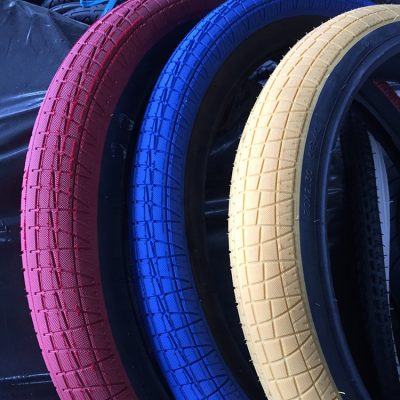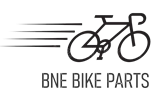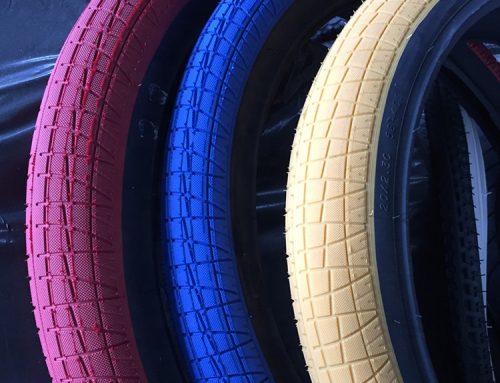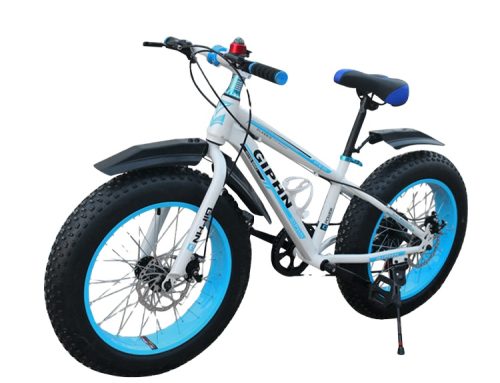The right tire pressure can have a great impact on riding quality. When the tires are filled with the right amount of air, you will feel more comfortable, and you will have better grip and handling. However, if the pressure is too low, the tire may deflate, increase rolling resistance, and wear the tire more quickly. If the pressure is too high, it may cause a stronger feeling of turbulence and poorer maneuverability due to less traction. We are here to help you find your tire pressure balance point.
1. Determine the tire pressure. Each bicycle tire is marked with a recommended pressure range on the tire sidewall.
2. Check to verify whether the pump matches the valve type. All tires use Schrader or Presta valves, and most pumps are compatible with them! If your pump is not compatible with these two valves, you can buy a regulator at your local bicycle store.
3. If your valve is equipped with a dust cover, remove it.
4. If you are using a Schrader valve, you can start to inflate!
5. If you are using a Presta valve, unscrew the port to open it. By pressing the valve core inward, you can check whether the valve is loose enough. If you feel a gust of air, you can start!
6. Press the head of the pump as far as possible into the valve, and fix the pump on the valve. Then, lift the lever to lock the pump head.
7. Swing the pump head. If you feel the valve moving inside, it is not strong enough and you need to continue pushing it down.
8. After the pump is firmly fixed, start to inflate. If you hear the air hissing when pumping up, it means that the head of the pump is still not strong enough. Repeat step 7 and try again!
9. Watch the pressure gauge closely while inflating. Once it reaches the range indicated by the sidewall of the tire, the inflation is stopped.
10. Press the pull-down lever to release the pump head, and quickly pull the pump head away from the valve. If you are using a Presta valve, don’t forget to close it.
11. Press the head of the pump as far as possible into the valve, and fix the pump on the valve. Then, lift the lever to lock the pump head.
Since you are a tire pressure expert, remember to always check your tires before riding. The inspection is very simple, just gently squeeze with your hands or use a pressure gauge to ensure you have a good riding experience. You should also consider carrying a carbon dioxide cylinder in your cycling clothing pocket or bicycle, in case your tires need to be refilled during the journey.
